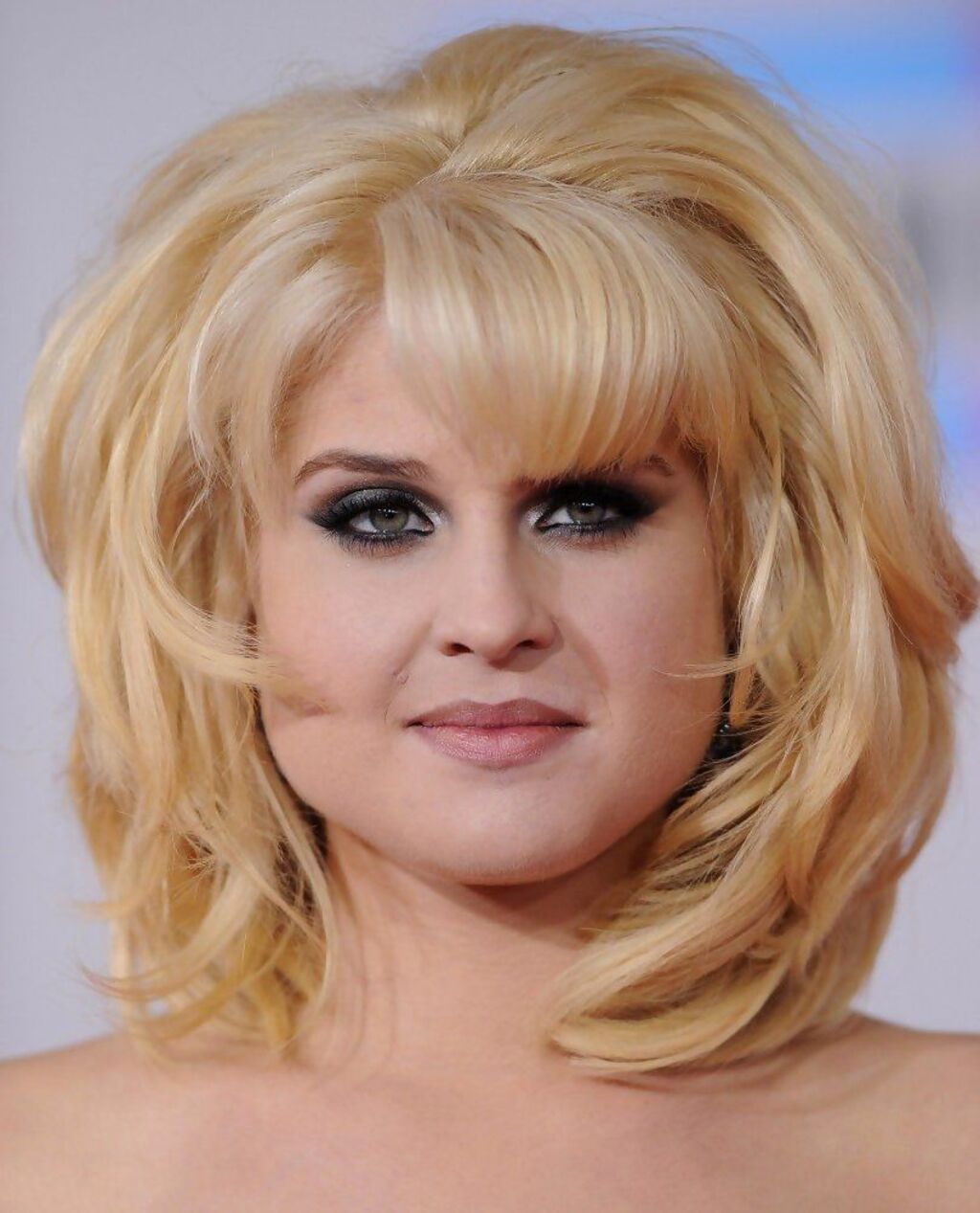Unpacking The "Karen Haircut": More Than Just A Style Statement
Understanding the "Karen Haircut" Phenomenon
The term "Karen haircut" has permeated popular culture to such an extent that it's often used without a full understanding of its specific characteristics or the cultural baggage it carries. It's more than just a short cut; it's a specific aesthetic that, for better or worse, has become instantly recognizable and loaded with meaning.What Exactly is a "Karen Haircut"?
At its core, **a Karen haircut is an inverted bob or lob with chunky highlights and an asymmetric fringe**. This style is characterized by its shorter length at the back, gradually getting longer towards the front, often with prominent layers that add volume and shape. While many different haircuts can be considered "Karen haircuts," they all have one common denominator: they are short haircuts with many layers. The inverted bob, sometimes asymmetrical, often features heavy layering, particularly around the crown, creating a distinct, somewhat aggressive silhouette. The addition of chunky highlights, typically blonde, further amplifies its distinctive appearance, contributing to its often-criticized "outdated" look.The Anatomy of the Classic "Karen"
The classic "Karen" is a choppy, inverted bob with chunky highlights. This style is usually thought of as the "original" Karen haircut. It has a distinctive look, with shorter hair in the back and long, straight bangs that are pushed to the side. The German description further details this, noting that "Er zeichnet sich durch einen umgekehrten oder asymmetrischen bob mit vielen stufen am scheitel und langen seitenponys aus." This translates to an inverted or asymmetrical bob with many layers at the crown and long side bangs. The German text also highlights that "Die frisur wird oft mit blonden haaren assoziiert, die übermäßige strähnchen," reinforcing the association with blonde hair and excessive highlights. This combination of an aggressive cut, heavy layering, and stark highlights creates a look that, for many, epitomizes a certain type of perceived entitlement or outdated fashion sense.The Cultural Ascent: From Hairstyle to Meme
The "Karen haircut" has taken the internet by storm, sparking debates and conversations about its origin, meaning, and cultural implications. It’s a prime example of how social media can transform a simple aesthetic into a complex cultural symbol. Often associated with a specific stereotype, the "Karen haircut" has become more than just a hairstyle—it's a symbol of entitlement and negative behavior.Social Media's Role in Viral Spread
The saga of the **Karen haircut** began its viral journey on social media platforms like Reddit and Twitter. These platforms, with their rapid-fire sharing capabilities and meme culture, provided the perfect breeding ground for the term and its associated imagery to spread. Users would post images of women exhibiting entitled behavior, often accompanied by the distinct haircut, and the association quickly solidified. The visual shorthand made it easy for people to identify and mock the perceived "Karen" archetype, leading to an explosion of memes, jokes, and discussions. It wasn’t long before it became the symbol of entitlement, plastered across memes worldwide. This organic, user-driven spread cemented the haircut's place in the lexicon of internet culture, transforming it from a mere hairstyle into a powerful cultural signifier.The Symbolism of Entitlement and Negative Behavior
The "Karen haircut" is not just about the hair itself; it's deeply intertwined with the "Karen" stereotype—a pejorative term for a middle-aged white woman perceived as entitled or demanding beyond the scope of what is considered appropriate or necessary. This stereotype often involves scenarios where a "Karen" demands to "speak to the manager," exhibits racist behavior, or generally acts in an overbearing manner. The haircut became the visual embodiment of this persona. Its association with these negative behaviors has led to it being widely considered unflattering and outdated, not necessarily due to the style itself, but because of the strong cultural connotations it now carries. This transformation highlights how a seemingly innocuous element of personal appearance can become a powerful, albeit often negative, cultural symbol, reflecting societal anxieties and critiques.Kate Gosselin: The Unofficial Poster Child
While the "Karen haircut" was popular in the late 1990s to early 2000s, Kate Gosselin from *Jon & Kate Plus 8* is widely considered the hairstyle’s unofficial poster child. Her distinctive, choppy, inverted bob with prominent highlights became synonymous with her public persona, further cementing the look in the public consciousness.Biography of Kate Gosselin
Kate Gosselin rose to fame as a reality television personality, primarily known for the show *Jon & Kate Plus 8* (later *Kate Plus 8*), which documented her life with her then-husband Jon Gosselin and their eight children—a set of twins and a set of sextuplets. The show premiered in 2007 and quickly gained a massive following, turning the family into household names. Kate's distinctive short, spiky, inverted bob became an iconic part of her image during the show's peak popularity. Her public image, often characterized by a strong, assertive, and sometimes demanding demeanor, inadvertently aligned with the emerging "Karen" stereotype, leading many to associate her signature hairstyle with the burgeoning cultural phenomenon. While she certainly did not invent the style, her high-profile presence and the widespread media coverage of her life and family cemented her as a prime example of the look that would later be dubbed the "Karen haircut." | Personal Data & Biodata | Details- Hopkins Carpet One Hopkins Mn
- Superior Hobbies
- Spotsnews 05custom Udon Secrets Pixiv Finds A Delicious Dive
- Anthony Scaramucci Live
- Hawks By A Million

7 Karen Haircut Everyone’s Avoiding Right Now - The Trend Spotter

What is Karen Haircut? 25 Karen Cuts to Avoid in 2023

Karen Haircut: What It Is and How You Can Avoid It | Fashionterest